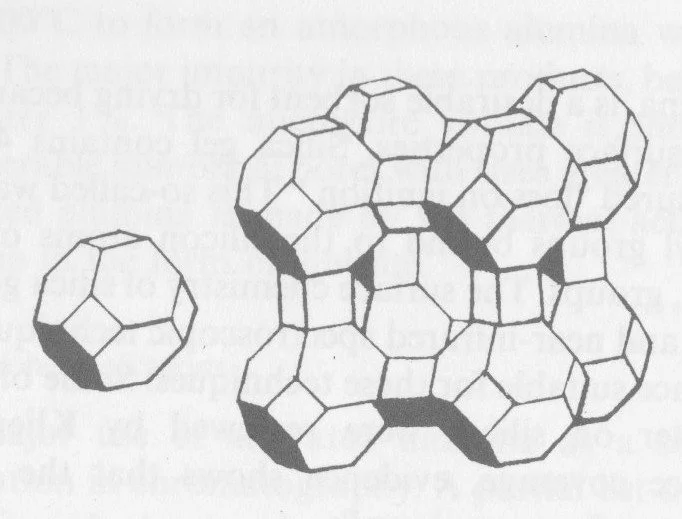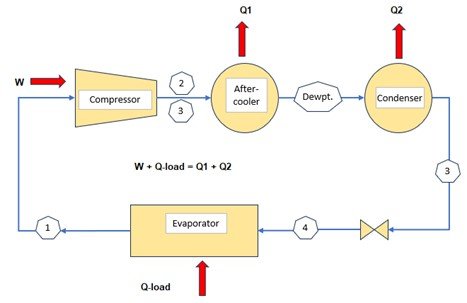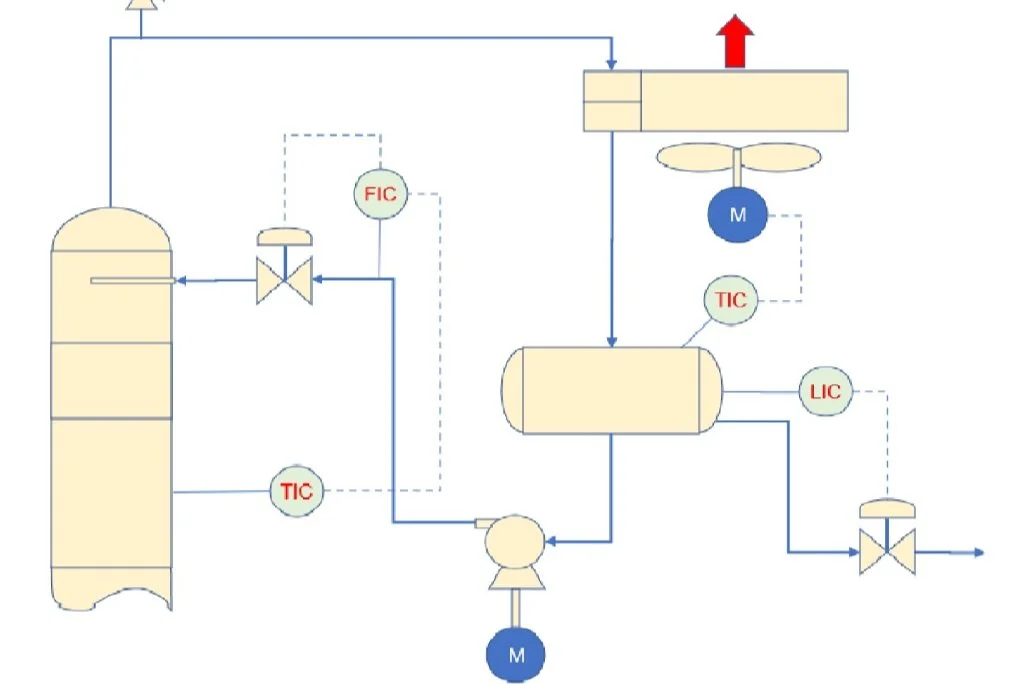Cryogenic Thermosiphon Reboiler
We review modelling techniques for this important equipment item used in Air Separation and other cryogenic processes. (Written by David Limb and Richard Clarke.)
Gas Separation by Adsorption
We review the Adsorption process - an important technology used in cryogenics.
Cryogenic Refrigeration Part IV – Refrigeration by Work Expansion
Here we explore in more detail work expansion as the default refrigeration solution for very low temperature industrial cryogenic processes.
Cryogenic Refrigeration Part II - Lower temperature refrigeration.
In this, the second of 4 parts, we introduce Joule-Thomson refrigeration developed from the insights of Lord Kelvin, after whom the absolute temperature scale is named.
Cryogenic Refrigeration Part III – Cooling with J-T expansion
The Joule-Thomson or Joule-Kelvin effect is discussed in more detail in this 3rd of a 4-part article.
Cryogenic Refrigeration - Part I -Introduction
In this, the first of 4 parts, we introduce the basic process for providing refrigeration.
Cryogenic Heat Exchange
For those less familiar with the terminology and concepts of cryogenics and cryogenic heat transfer or heat exchangers this article provides some background and context.
More on distillation
Following on from the introductory article - Distillation Fundamentals, we delve into some basic methods used in distillation column process design.
Gas Processing – what is it?
Lets try to answer this fundamental question – what is gas Processing, and why do it?
Cryogenic Engineering
A cryogenic process operates well below ambient temperature. The article introduces some terminology and concepts of cryogenic engineering.
Mathematical modelling
The ability to ‘model’ a chemical process is a powerful tool in design, operations and troubleshooting.
Optimal allocation of a finite resource
Most resources are finite. We often face a choice between competing demands for a resource. A logical approach may help.
Distillation Fundamentals
Distillation is a key technology for separating a mixture into its chemical constituents. We introduce some distillation basics for the non-specialist.
Safety in Design
As a project design develops, safety studies such as HAZOP are vital but very time consuming. A new approach is proposed.
The Hydrogen Economy – some realities
Hydrogen is a unique substance. We examine some of the pros and cons of its use as a fuel.
Helium Recovery from Natural Gas
We describe a process developed and succesfully deployed for Helium recovery from natural gas and its subsequent purification and liquefaction.
Corona virus
This article is as written in the spring of 2020 at the start of the initial wave of the Covid-19 pandemic in Europe.



















